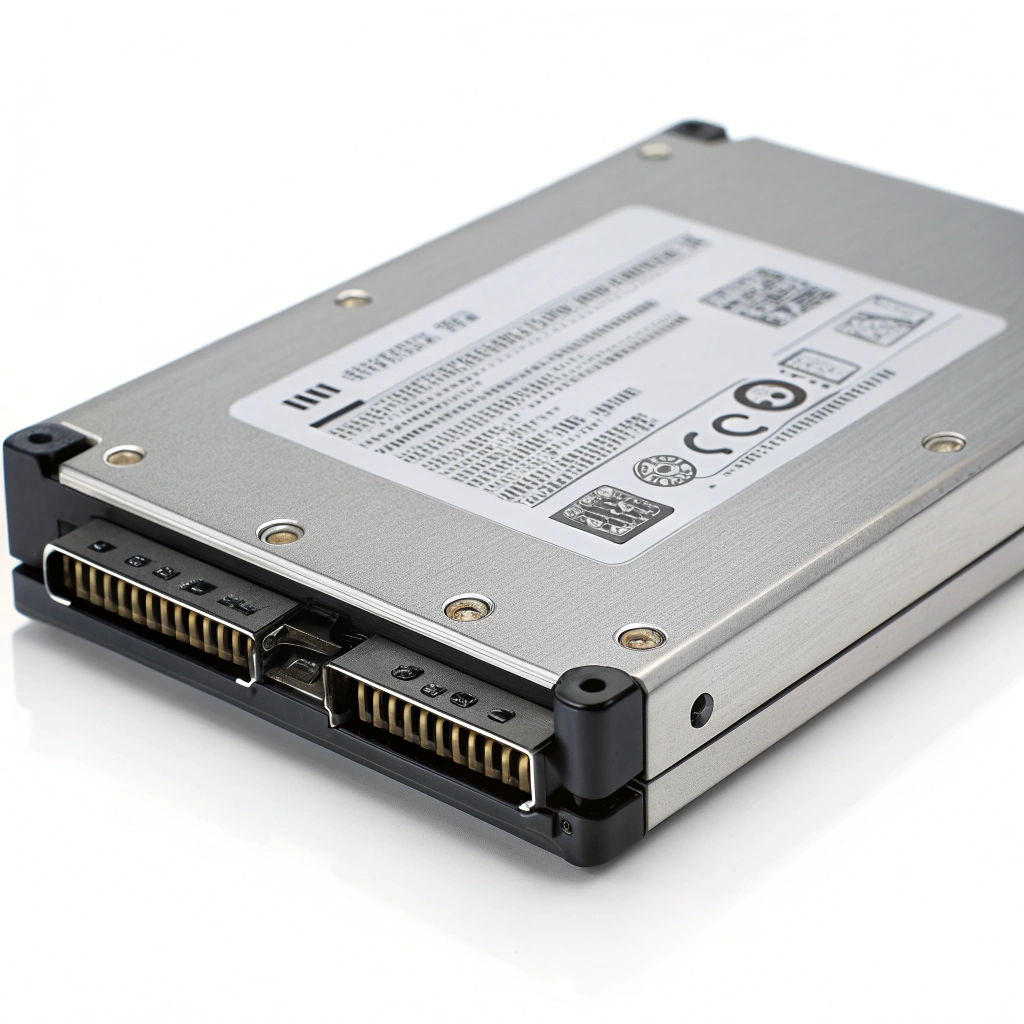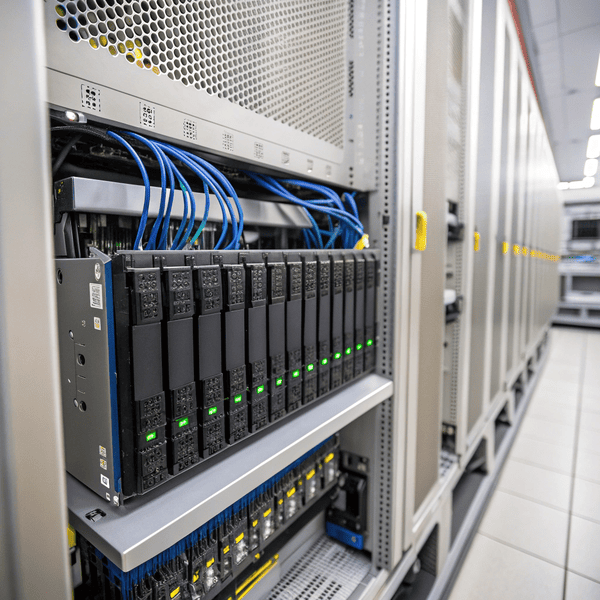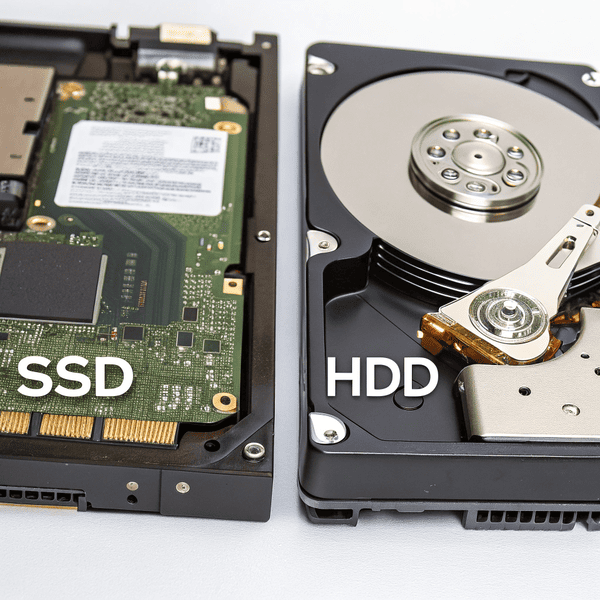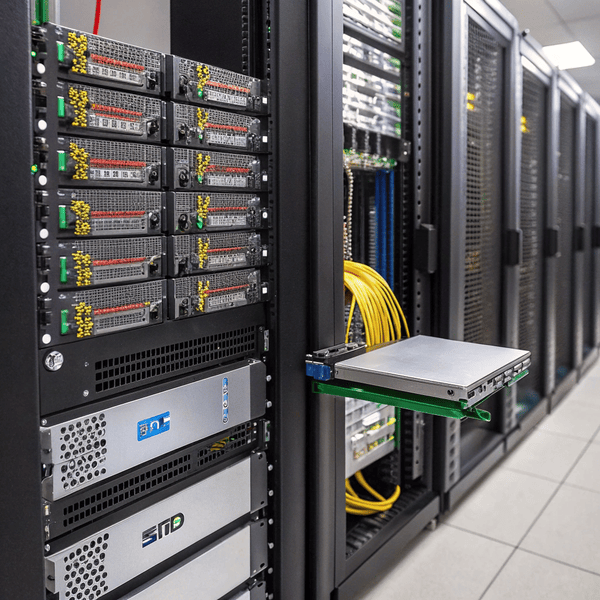Data centers are under pressure to balance speed, cost, and capacity as data volumes explode. Is it still possible to find the perfect mix between SSDs and HDDs?
Both HDDs and SSDs are critical in today's data centers: HDDs deliver massive, cost-efficient capacity, while SSDs provide speed for crucial workloads. Most data centers tier storage, using both technologies to optimize performance and cost.[1][2]
%(Data center HDD and SSD illustration)data center storage solutions
Whether you are a product designer like Jacky in Canada, or a factory manager in Asia, you know data storage in the cloud is no longer about choosing just one technology. Each comes with specific strengths, clear tradeoffs, and unique use cases. Let’s break down the modern landscape.
Are HDDs still used in data centers?
Even with flash storage advances, many still believe all data centers have gone all-flash. But is this really the case?
Yes, HDDs are still heavily used in data centers. Almost 80% of all storage in hyperscale and cloud data centers is still hard disk-based through at least 2028, especially for cost-sensitive, high-capacity needs.[1][2]
%(Enterprise HDD illustration)enterprise hdd in data center
Data centers process a staggering amount of data. Most consumer devices use only SSDs now, but behind the scenes, hard drives handle the bulk of our photos, videos, and business data. Why? HDDs cost much less per terabyte—up to eight times less than enterprise SSDs—and their efficiency at large scale is hard to beat.[1] New innovations like UltraSMR, shingled magnetic recording, and OptiNAND continue to boost HDD capacity and lower their total cost of ownership inside data centers.[1]
Hyperscale cloud operators (think AWS, Google, Microsoft) use a tiered storage approach: “hot” data is kept on SSDs for rapid access, while less-used “warm” and “cold” data lives on spacious, inexpensive HDD arrays. At petabyte scale, even large tech firms cannot justify putting every byte on SSD—costs would skyrocket. Instead, they prioritize the right device for the right type of workload.
| Storage Tier | Tech Used | Use Case | Strengths |
|---|---|---|---|
| Hot | SSD | Realtime apps, databases, VMs | Speed, low latency |
| Warm | HDD | Backups, frequently read data | High capacity, low cost |
| Cold/Archive | HDD | Archival, compliance | Max efficiency per dollar |
Which is better SSD or HDD for data center?
Data center managers want to know: if you had to pick one, which is better?
SSDs offer much faster speed and lower latency, making them ideal for performance-critical workloads. HDDs remain the best choice for bulk capacity at the lowest cost per terabyte. Most data centers use both, matching each to workload needs.[1][2][6][8]
%(SSD vs HDD speed comparison)ssd hdd comparison
There’s no single answer without context. SSDs use NAND flash chips, have no moving parts, and deliver ultra-low access times—up to tens of thousands of times faster random reads than HDDs.[5][6][8] This makes them the obvious pick for high-transaction workloads such as databases, AI inference, VMs, or anything latency-sensitive.
However, SSDs still cost five to eight times more than HDDs per terabyte, especially at scale.[1][4][8] Today’s hard drives can be huge (over 30 TB), and their cost efficiencies make them irreplaceable for backups, archives, big data lakes, or rarely-accessed content.[4][8] These files don’t need lightning speed, just reliable, cost-effective storage.
Many modern data centers use a tiered model, with SSDs for IO-intensive workloads at the top, and HDDs as the workhorses for capacity and backup. Even as SSD prices drop and capacities increase—some are forecasting 122 TB enterprise SSDs—the economics for high-volume archival data still favor disks, especially as data growth outpaces SSD cost declines.[4]
| Factor | SSD | HDD |
|---|---|---|
| Speed | Ultra fast, 1000x higher | Moderate |
| Price/TB | 5-8x higher | Lowest on market |
| Durability | Higher (no moving parts) | Adequate, proven tech |
| Power Consume | Lower | Higher |
| Capacity | Up to 122TB (high-end) | Up to 36TB+ (typical use) |
Does AWS use HDD or SSD?
With the rise of AWS, Azure, and Google Cloud, many ask: has the “cloud” gone all-SSD or do they still rely on spinning disks?
AWS uses both HDD and SSD in its storage portfolio. SSD-backed volumes power high-performance, low-latency workloads like databases, while HDD-backed storage delivers bulk, cost-efficient capacity for throughput-heavy and archival workloads.[13]
%(AWS storage solutions illustration)aws hdd ssd comparison
AWS provides a range of storage types in Amazon EBS: fast SSD-backed volumes (io2, gp3) for transactional and database use, and HDD-backed families (st1, sc1) for high-throughput or infrequently accessed data.[13] Enterprises can match storage types to their specific workloads—SSD for VMs or mission-critical apps, HDD for analytics, big data, archiving, and log processing.
For example:
- io2 Block Express: Sub-millisecond latency, up to 256,000 IOPS per volume. Used for big relational databases or SAP, where every millisecond counts.[13]
- st1/sc1: Hard disk-based, optimized for throughput, not latency. Used for scanning massive log archives, data lakes, or infrequently accessed backups where storage cost is a key concern.[13]
This mix is standard not only in AWS, but in most global data centers. They layer storage choices to balance speed, capacity, availability, and price—using the right technology for every job.
Conclusion
Data centers today combine SSDs for speed and HDDs for economy. The best solution comes from balancing each technology’s strengths for your specific needs.[1][2][4][6][13]




